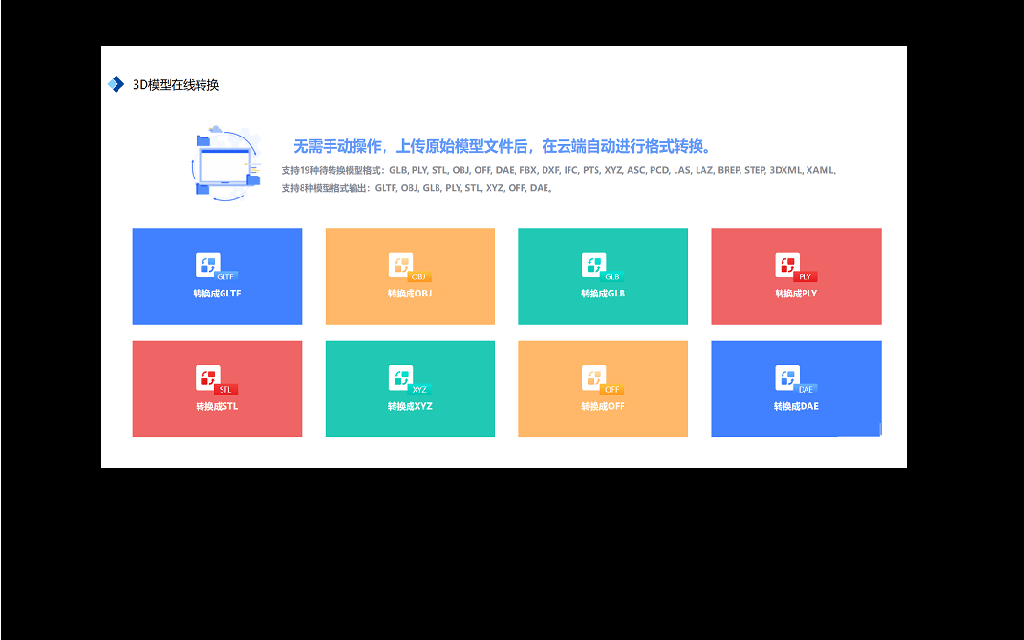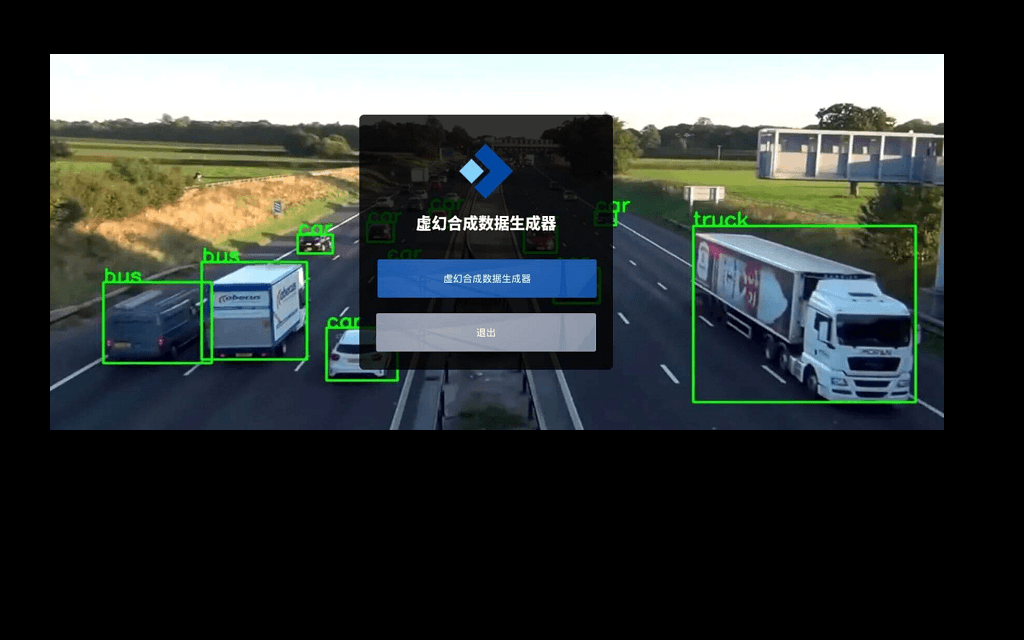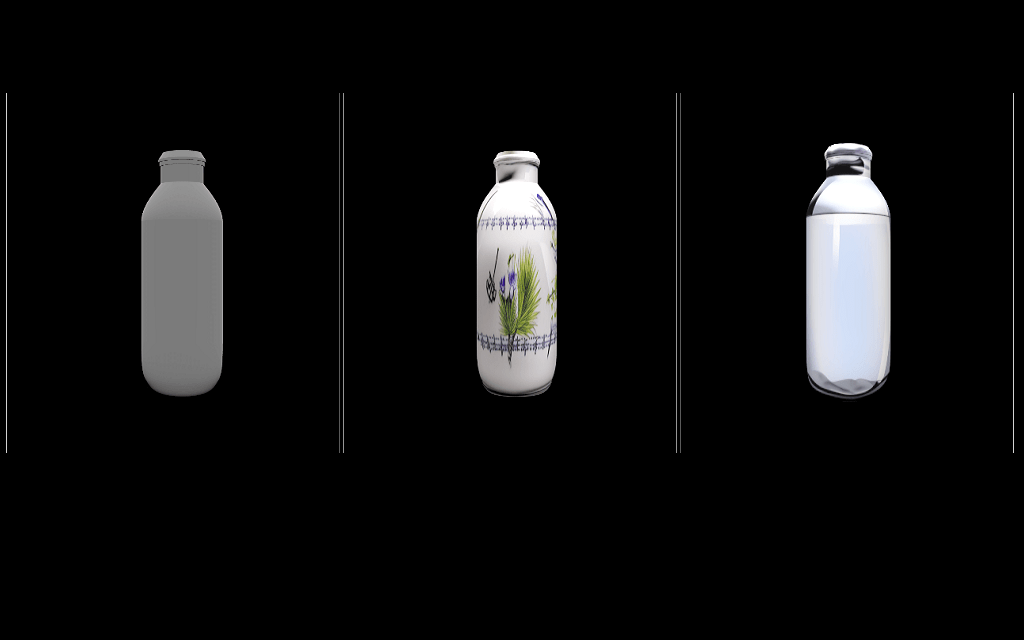Model Card for model-card-testing
<!-- Provide a quick summary of what the model is/does. [Optional] --> This is a placeholder summary.
<details> <summary> Click to expand policymaker version of model card </summary>
Table of Contents
- Model Details
- Uses
- Bias, Risks, and Limitations
- Model Examination
- Environmental Impact
- Citation
- Glossary
- More Information
- Model Card Authors
- Model Card Contact
</details>
Table of Contents
- Model Details
- Uses
- Bias, Risks, and Limitations
- Training Details
- Evaluation
- Model Examination
- Environmental Impact
- Technical Specifications
- Citation
- Glossary
- More Information
- Model Card Authors
- Model Card Contact
- How To Get Started With the Model
Model Details
Model Description
<!-- Provide a longer summary of what this model is/does. -->
-
Developed by: More information needed
-
Shared by [Optional]: More information needed
-
Model type: Language model
-
Language(s) (NLP): More information needed
-
License: More information needed
-
Related Models: fake_model1, fake_model2
- Parent Model: More information needed
-
Resources for more information: More information needed
Uses
<!-- Address questions around how the model is intended to be used, including the foreseeable users of the model and those affected by the model. -->
Direct Use
<!-- This section is for the model use without fine-tuning or plugging into a larger ecosystem/app. --> <!-- If the user enters content, print that. If not, but they enter a task in the list, use that. If neither, say "more info needed." -->
The model can be used for text generation.
Downstream Use [Optional]
<!-- This section is for the model use when fine-tuned for a task, or when plugged into a larger ecosystem/app --> <!-- If the user enters content, print that. If not, but they enter a task in the list, use that. If neither, say "more info needed." -->
To learn more about this task and potential downstream uses, see the Hugging Face text generation docs
Out-of-Scope Use
<!-- This section addresses misuse, malicious use, and uses that the model will not work well for. --> <!-- If the user enters content, print that. If not, but they enter a task in the list, use that. If neither, say "more info needed." -->
The model should not be used to intentionally create hostile or alienating environments for people. The model was not trained to be factual or true representations of people or events, and therefore using the models to generate such content is out-of-scope for the abilities of this model.
Bias, Risks, and Limitations
<!-- This section is meant to convey both technical and sociotechnical limitations. -->
Significant research has explored bias and fairness issues with language models (see, e.g., Sheng et al. (2021) and Bender et al. (2021)). Predictions generated by the model may include disturbing and harmful stereotypes across protected classes; identity characteristics; and sensitive, social, and occupational groups.
Recommendations
<!-- This section is meant to convey recommendations with respect to the bias, risk, and technical limitations. -->
Users (both direct and downstream) should be made aware of the risks, biases and limitations of the model. More information needed for further recomendations.
Training Details
Training Data
<!-- This should link to a Data Card, perhaps with a short stub of information on what the training data is all about as well as documentation related to data pre-processing or additional filtering. -->
More information on training data needed
Training Procedure
<!-- This relates heavily to the Technical Specifications. Content here should link to that section when it is relevant to the training procedure. -->
Preprocessing
More information needed
Speeds, Sizes, Times
<!-- This section provides information about throughput, start/end time, checkpoint size if relevant, etc. -->
More information needed
Evaluation
<!-- This section describes the evaluation protocols and provides the results. -->
Testing Data, Factors & Metrics
Testing Data
<!-- This should link to a Data Card if possible. -->
More information needed
Factors
<!-- These are the things the evaluation is disaggregating by, e.g., subpopulations or domains. -->
More information needed
Metrics
<!-- These are the evaluation metrics being used, ideally with a description of why. -->
More information needed
Results
More information needed
Model Examination
More information needed
Environmental Impact
<!-- Total emissions (in grams of CO2eq) and additional considerations, such as electricity usage, go here. Edit the suggested text below accordingly -->
Carbon emissions can be estimated using the Machine Learning Impact calculator presented in Lacoste et al. (2019).
- Hardware Type: More information needed
- Hours used: More information needed
- Cloud Provider: More information needed
- Compute Region: More information needed
- Carbon Emitted: More information needed
Technical Specifications [optional]
Model Architecture and Objective
More information needed
Compute Infrastructure
More information needed
Hardware
More information needed
Software
More information needed
Citation
<!-- If there is a paper or blog post introducing the model, the APA and Bibtex information for that should go in this section. -->
BibTeX:
More information needed
APA:
More information needed
Glossary [optional]
<!-- If relevant, include terms and calculations in this section that can help readers understand the model or model card. -->
More information needed
More Information [optional]
More information needed
Model Card Authors [optional]
<!-- This section provides another layer of transparency and accountability. Whose views is this model card representing? How many voices were included in its construction? Etc. -->
More information needed
Model Card Contact
More information needed
How to Get Started with the Model
Use the code below to get started with the model.
<details> <summary> Click to expand </summary>
More information needed
</details>


